- Home
- Build A Fire
- Lean-to Fire
Building A Lean-To Fire
This post may contain affiliate links so I earn a commission.
Whether you want to use your own stash of firewood to build a cozy fire at home or you want to be prepared for your next backcountry trip, knowing how to make a lean-to fire is important.
This kind of structure sounds complicated, but it’s actually quite an easy fire to build.
Here are some tips on how to do it - as well as situations when it's appropriate (or not appropriate) to build one.
What Is A Lean-To Fire?
This style of fire gets its name from its core structure.
It has multiple sticks that lean onto something, generally a large foundation log, but occasionally a medium-sized stick resting on an angle.
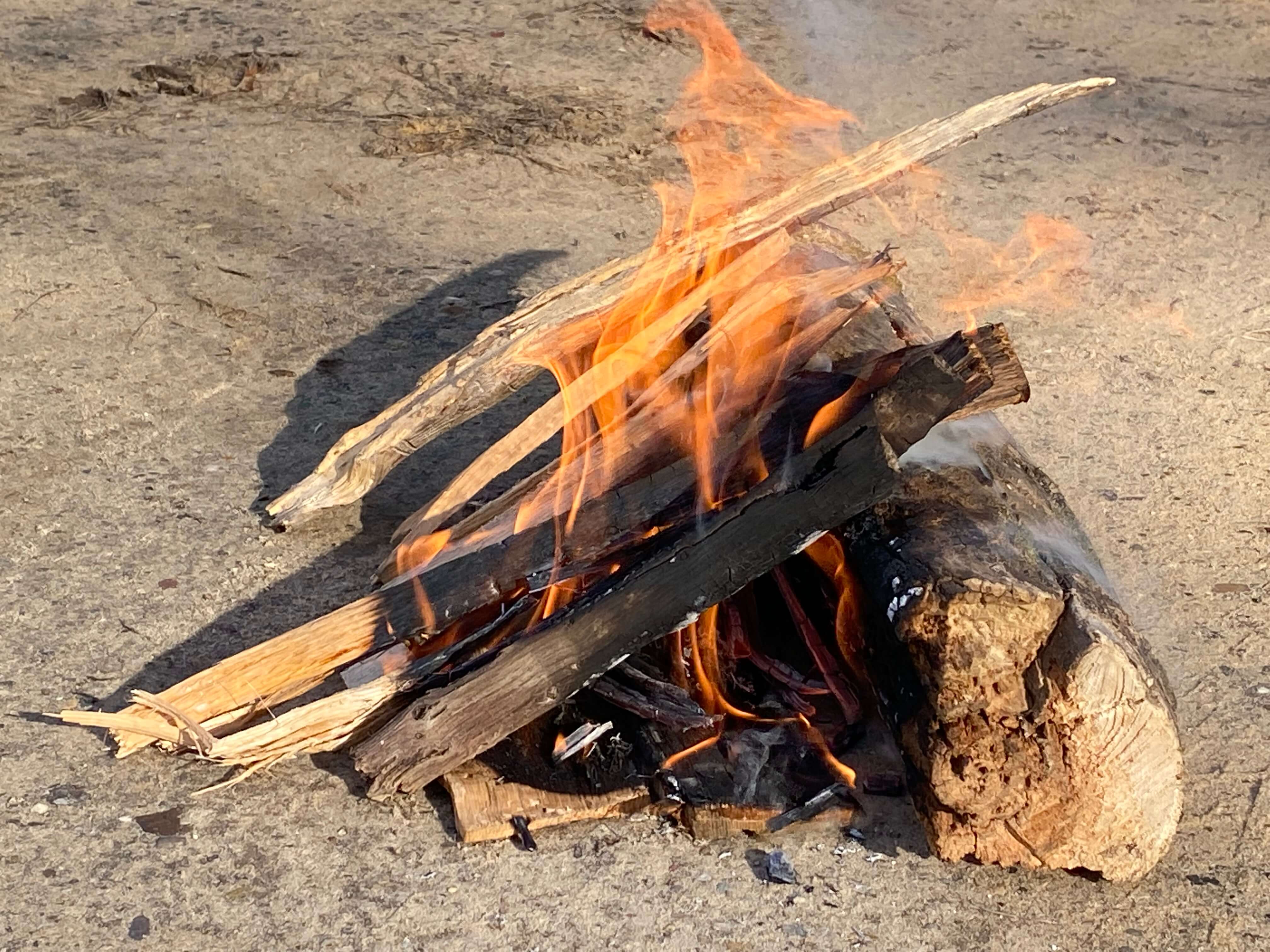
In any event, it is the cave-like space created that will be the resting place for your kindling and tinder.
These materials are then ignited, catching the rest of the structure (the outside of the “cave”) on fire.
Lean-to fires are great for making a small fire that can be used to cook or provide warmth on a chilly day.
How To Build The Fire
The good news is this fire is really easy to build and it can be used in a variety of different situations.
Here's how to build one!
Consider The Location
First, find the best spot to build your fire.
In general, the ideal location for building one of these fires will be somewhere that naturally receives little wind (or has a windbreak).
However, if you’re going to make a fire in windy conditions, the lean-to fire (as compared to other styles) is really your best bet.
Check for the wind direction and other fire hazards (like overhanging branches) before you start to build your fire.
Also, note that this is a type of fire that is best built on a flat surface.
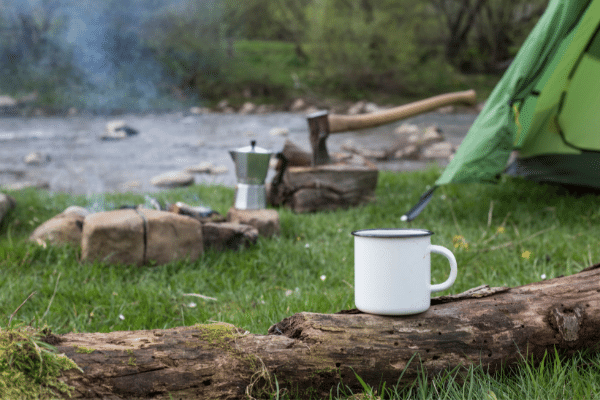
You may need to remove some vegetation, rocks, or other debris on the ground before you start to work.
One of the biggest benefits of making a lean-to fire is that these fires can easily be built in rainy conditions, too.
If the ground is still wet, you may want to place a layer of sticks on the ground first.
This will provide a platform base for your fire and will prevent your tinder from getting wet on the ground.
If it is raining especially hard, you’ll want to plan to keep adding kindling so the lean-to does not collapse.
Make Your Base
If the location you’ve selected to build your fire in receives a fair amount of wind, there are ways you can still safely build the fire.
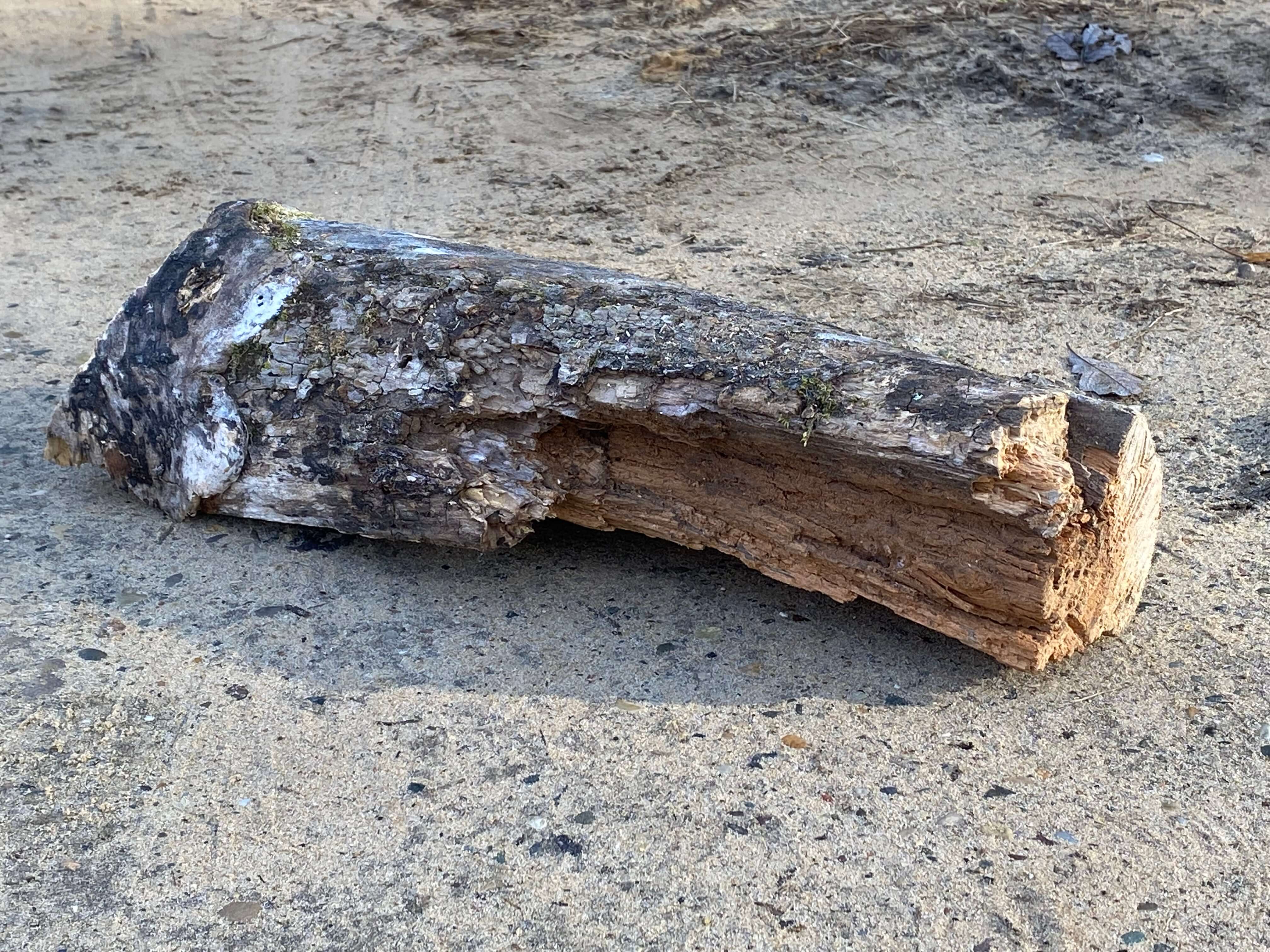
Consider placing a thick log on the side of the fire that is upwind.
This will serve as a natural windbreak for your fire, which will be protected in the downwind side.
Don’t have a large log to use?
That’s okay.
Just make the opening of the fire, or the cave, point out of the wind.
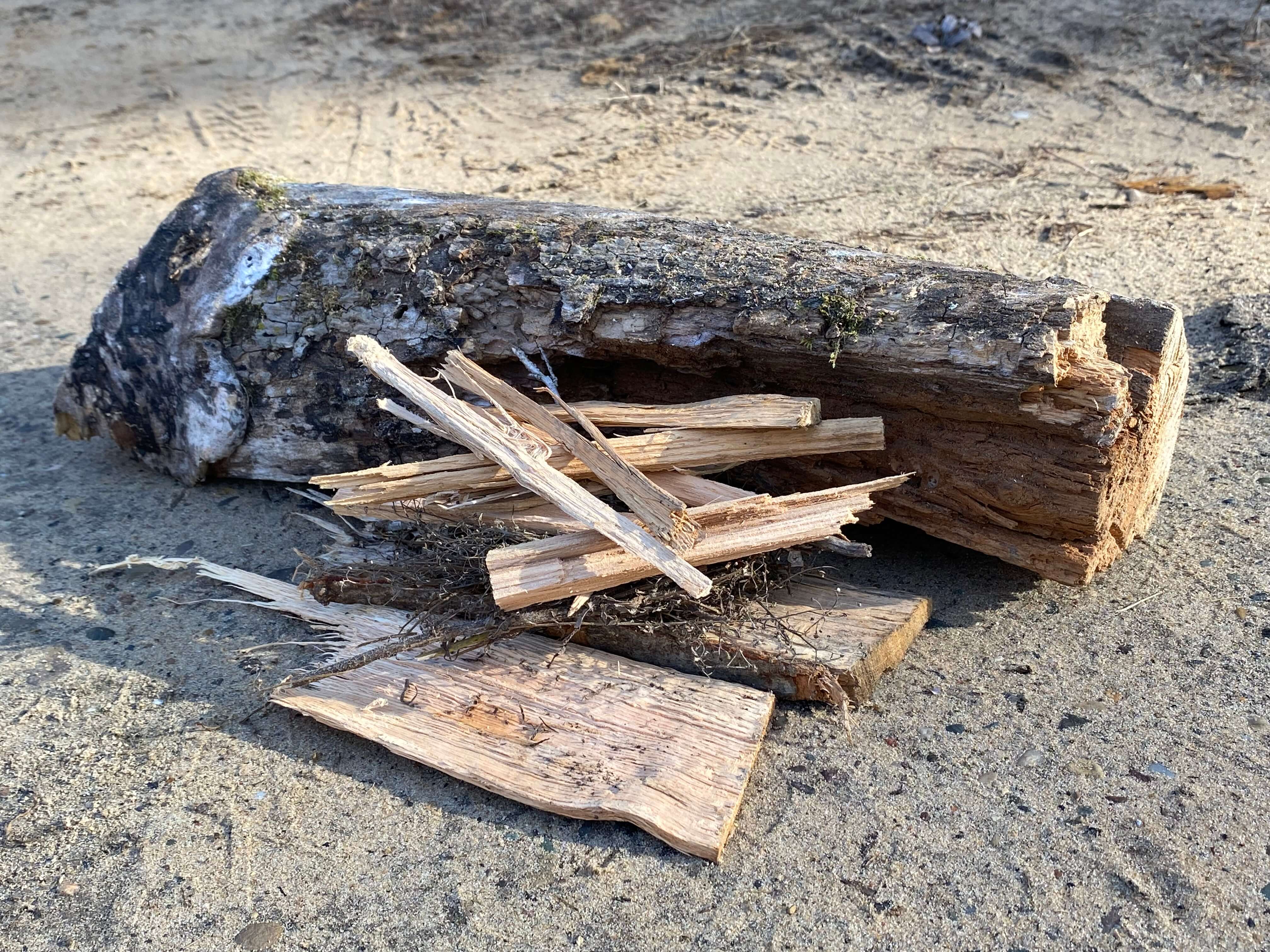
You can also add your tinder next to the base at this point which will allow the fire to easily start.
Constructing The Fire
To build your fire, begin by positioning the large log (or the angled stick, depending on the size of your fire).
The rest of your fire will lean on this log, so make sure it is supported.
In the sheltered portion created by the angled log or stick, you can make alternating runs of small twigs and kindling.
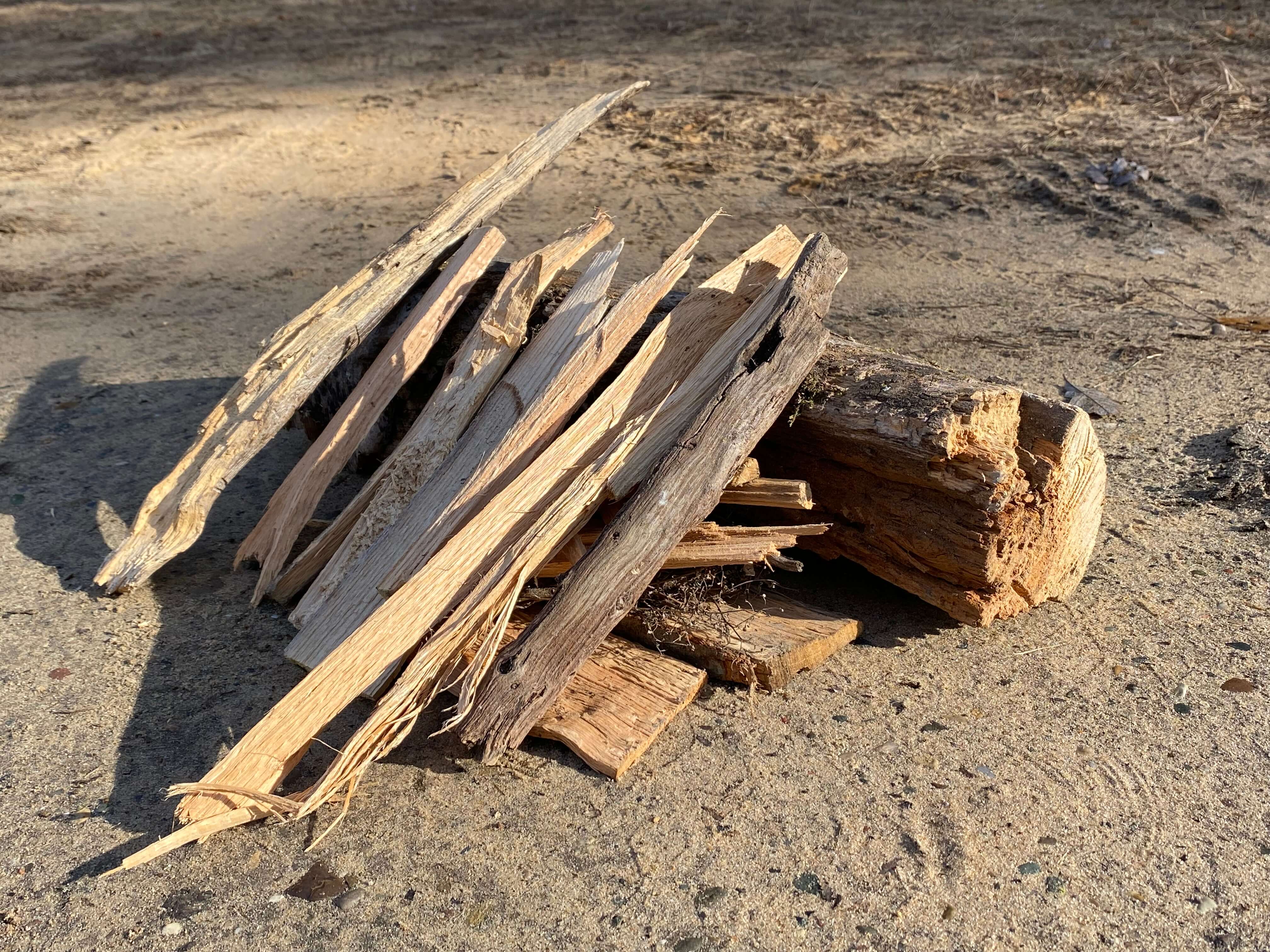
These
should lean against the log.
Then, you can add bigger pieces of wood.
Just make sure you allow plenty of space so that oxygen can get inside and keep the fire burning.
Once you have these components laid out, you can box the fire in with two large sticks at either end.
Light Your Fire
Use your lighter or matches to ignite the fire.
This should be done right at the entrance to the cave area since this area will receive the most oxygen to fuel the newly lit fire.
As soon as the tinder catches, the rest of the fire should light, too.
Keep The Fire Going
Last but not least, be sure to stay nearby to keep the fire going!
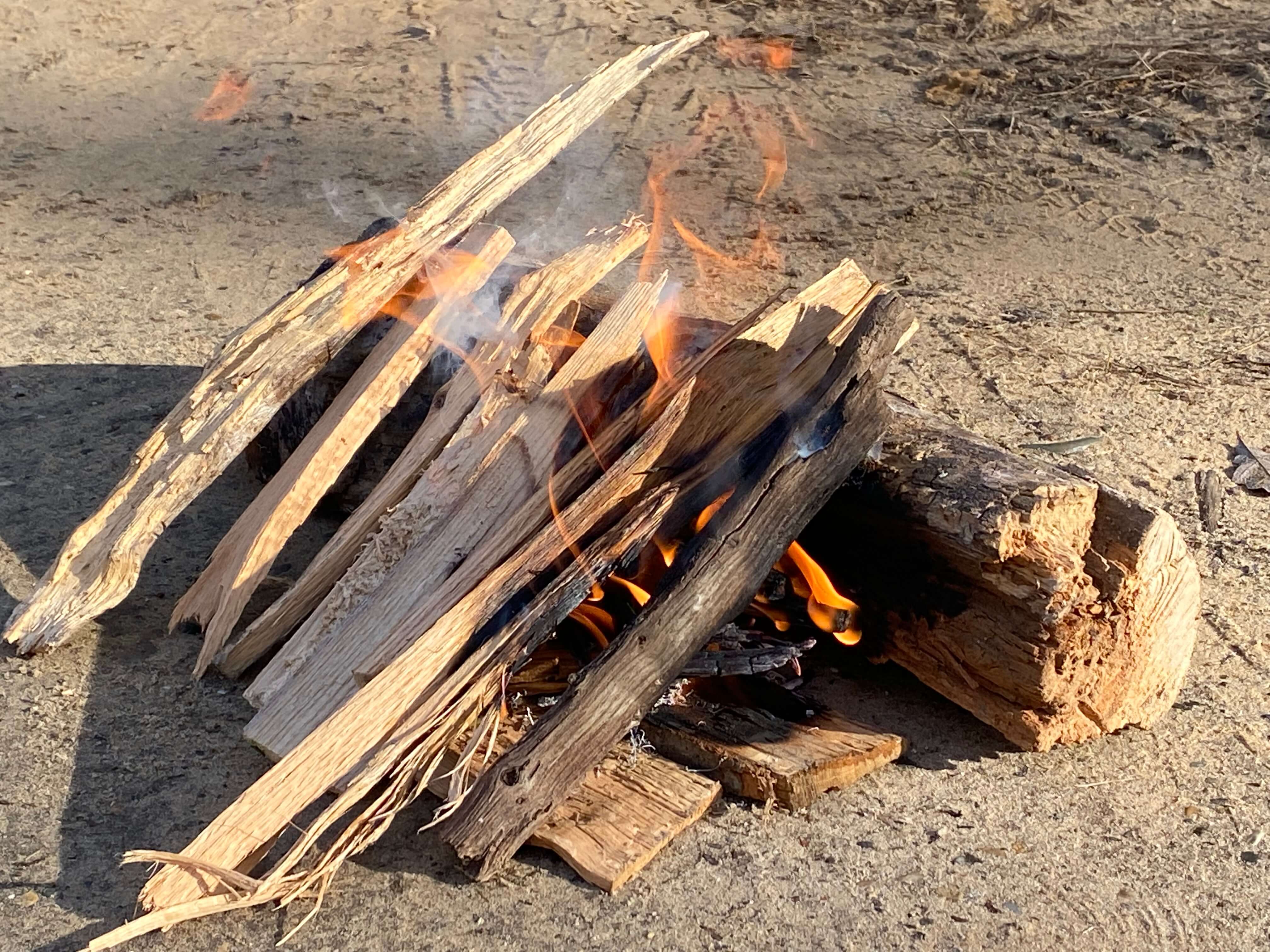
You will need to add new pieces of wood so that the new pieces lean against the large original log.
That way, the fire will maintain its shape and always have access to air.
Once you're done with the fire, allow it to burn down.
The remaining coals can then be cooled.
Don't leave until the fire is fully extinguished - otherwise it can easily reignite.
Lean-To Fire Pros And Cons
There are several situations in which building this style is appropriate.
One is if you are trying to build a fire in windy conditions.
The large log serves both as a base and as a windbreak as you are trying to get your flames going.
It is also a good option for people who are new to building fires.
It’s an easy method and requires little expertise.
Finally, lean-to fires offer a great way to dispose of large logs.
Burning monster logs can be challenging with other types of fires, but this method is tailor-made for the task!
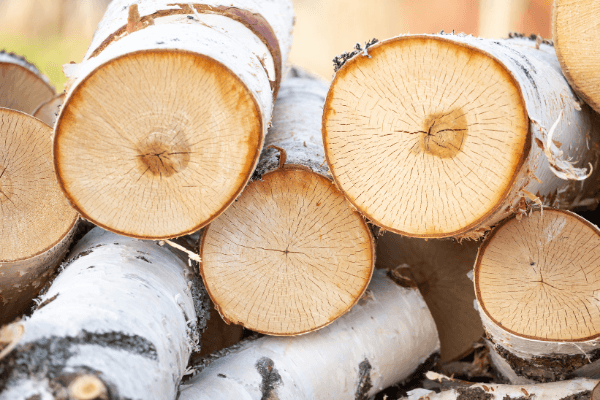
Of course, there are some disadvantages to this type of fire, too.
While it works well in windy or rainy conditions, the
layout of the fire structure means that it is very easy for airflow to
be restricted.
As a result, it can be challenging for the fire to light easily.
It stays lit well, but might not be the easiest to get going.
If it’s raining, you’ll need to keep adding fuel or kindling to the top so the lean-to doesn’t collapse.
If this happens, your fire will be exposed to the rain and the flames will go out, for sure!
Should You Build A Lean-To Fire?
The lean-to fire might not be appropriate for all situations.
It’s not the best for producing large or intense amounts of heat and it can sometimes be challenging to cook on.
For those tasks, you might want to consider a trench fire or some other arrangement.
Ultimately, there are lots of different styles of campfires you can build - and the lean-to is only one of them.
Adding it to your lineup of skills can no doubt make you handier, and safer at the campsite.

About the Author
Obsessed with firewood, Nick is behind over 350+ of Firewood For Life's articles, as well as countless reviews, guides and YouTube videos to help readers like you reduce heating costs and create the perfect fire.


